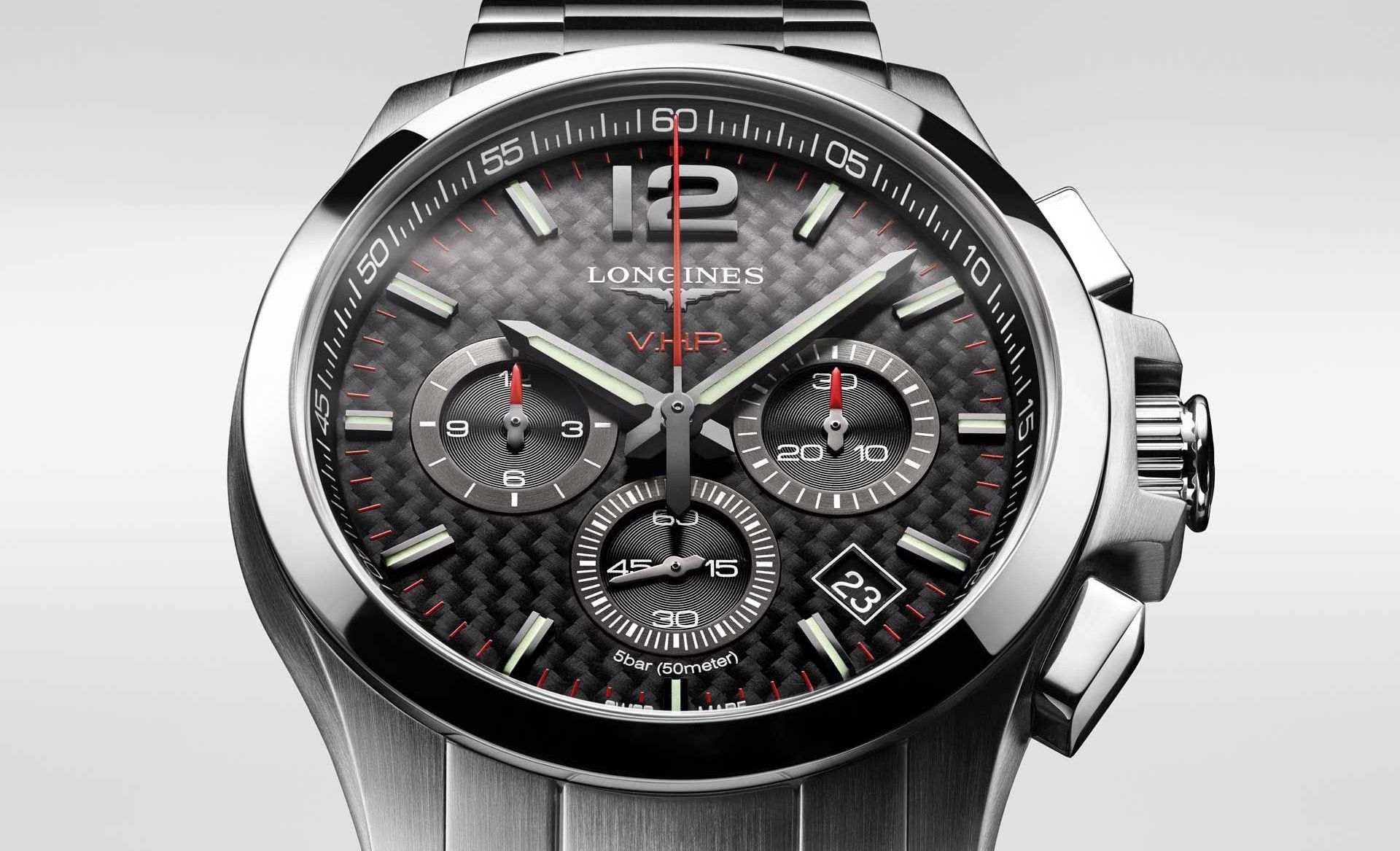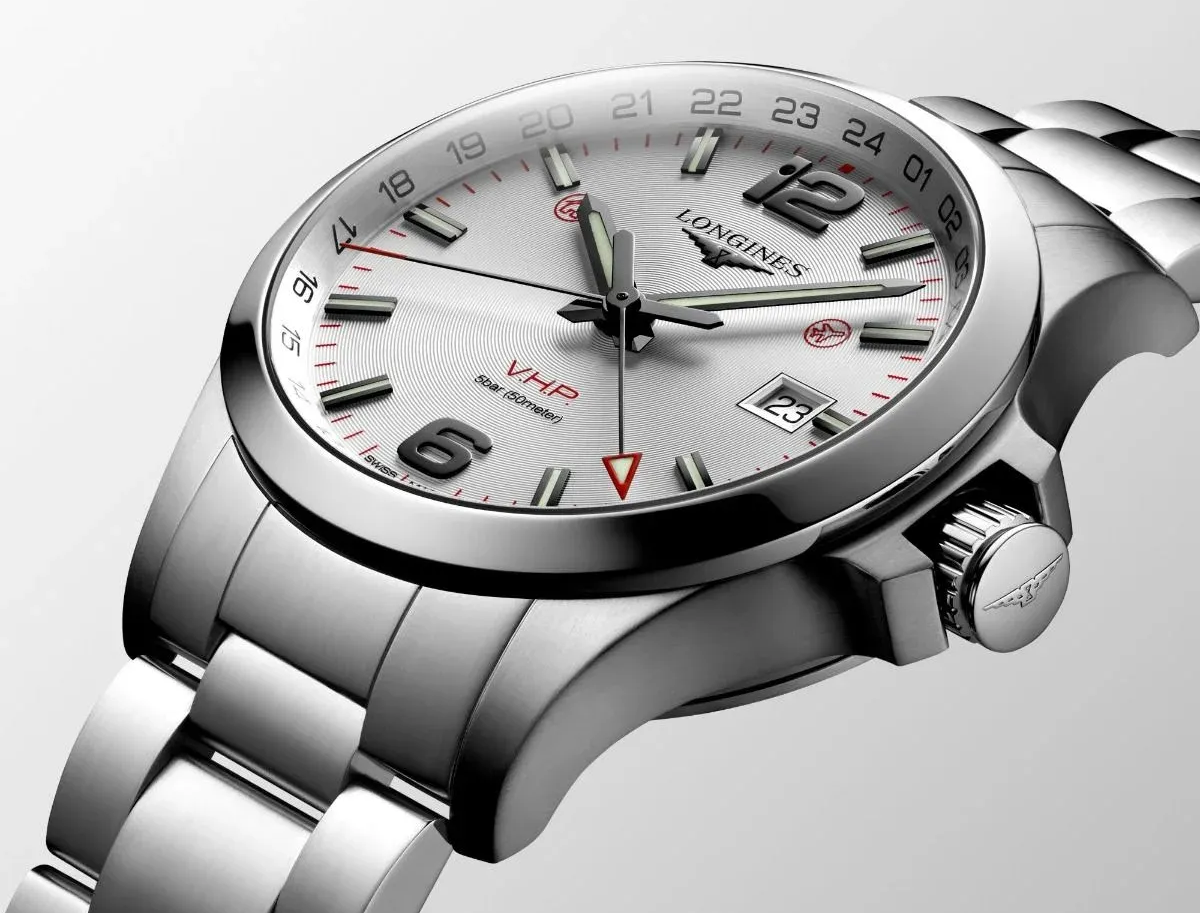The premature death of the watch movement

If you're a fellow watch enthusiast, horology hobbyist, timepiece fanatic or tick-tock devotee - how did your taste in watches develop? Did you follow the similar curve as myself, or your path has been completely different?
The birth and evolution of this Wrist Watch Whisperer
I've started descent into wrist watch madness fairly early - when my sister would come back from her trips to Switzerland, she would always come with a new piece of plastic-y horology history - yet another new model of Swatch wrist watch. I would occasionally inherit some of them from her, ones which were not "overly girly" or she didn't get them lost or destroyed.
During my high school years and occasional income from short term work during my schooling, I've bought myself a few watches. G-Shock at the time didn't really attract my attention, I was focused on upgrading through couple of models of Casio Databank models. In the era just few years before everyone in my homeland started carrying mobile phones around, it was priceless to wear phone book on my wrist.
With the mobile phones revolution, I have entered late 1990s and early 2000s not wearing watches. My interest in watches have revived when I got married - with our humble budget my wife and me have bought ourselves a pair of cheap watches to celebrate surviving the first year of marriage. Watches are the only jewellery I find acceptable for men personally, aside of the wedding ring.
In the following years, I would occasionally buy my wife some jewellery and use that as an excuse to buy myself a watch now and then. This was still the stage of my "watch collecting" which I didn't call as such and have considered spending, God forgive, 400 bucks on a watch insane. Unless it was a smart watch - as an always connected individual, I have found smart watches (first some FitBit, then Apple Watch) useful - and they've actually (somewhat) helped me to put my health trends under control.
Then COVID happened, and the world stopped. I've breezed through couple of hobbies until we've returned to mostly normal post-pandemic life, and one of them was watch collecting. I've had too much time on my hands, and I know I am not alone in this - I have started catching up about the watch market, but also with aging, disposable budget and better paid jobs since I was last time buying a watch I've started looking upwards at the market. .
Because all I've said above is important for one reason only - one of the watches which moved my tolerance for the prices of the watches I buy upwards was Longines VHP GMT. And what a beauty that watch is.

Very high precision, indeed
At the time when new Longines Conquest VHP pieces were going at the ADs for close (or for models with advanced complications, even above) 2000 Euro-dollars, I have bumped on this beauty second-hand on Chrono24 for just shy over half a thousand, in almost pristine condition.
It was in a way just what I was looking for - Longines Conquest series, with its very Rolex Explorer-y aesthetics, was promising to scratch my itch for a simple 3-hand-styled watch which resembles... Well, Explorer. I was on the lookout for a decent GMT (or "second time zone") watch for a while also. This seemed like a perfect combo.
Longines is also a serious horological power house - one of the most established Swiss watch brands, inside the Swatch Group portfolio placed somewhere along the middle of the offering - stepping well into the "affordable luxury" segment and being backed up by the serious and authentic history behind the brand.
And also, as one of the thousands of "watch youtubers" has said in his review of Longines Conquest VHP - calling this movement "very high precision" is like saying that owners of Ferrari cars are people with "very small penises" - there could hardly be a bigger understatement. VHP has a precision of -5/+5 seconds per year which is a half (and half in this case means better!) of the promise COSC certification guarantees for quartz movements (+/- 10 seconds per year roughly), and it is also half of the tolerance which Grand Seiko allows themselves for their top-of-the-range quartz movements in their offering.
The watch itself is a beautiful piece of technology and almost - an art by itself. Finishing is on a typical level for Longines (around the best you can get for the money in that range of "luxury").
Features
And I could ramble for a long time around how functional this watch is. This is peak watch industry as far as non-smart watches go.
VHP movements in general have all of the following features:
- Perpetual calendar - forget about resetting the date wheel every 2 months. It knows when the month has 31 or 30 days, it knows about February and it even knows about leap years! Set it and forget it in a true sense of that word. A real "watch you can use to set time on your other watches in collection".
- As I've said before, calling this movement very high precision is an understatement like no other. With its maximum 5-second per year drift it is just about the most precise independent (as in - not connected to the external time source) watch movement on the market.
- Fully hackable movement to preserve battery. Of course, you can hack your movement (typically by pulling out the crown completely) on basically every quartz movement and save battery life that way a lot - and this by itself is useful if you have enough watches in your collection that you would not wear some of them for weeks or even months. But VHP takes it a step further - when movement is hacked like this, watch still keeps time - it just doesn't turn the hands. And what's the best part about it, once taken out and "unhacked", it will not only continue showing exact time, but it will also move the date wheel to the appropriate day in a month.
- Arguably excellent way to set the watch using mobile phone flashlight. This is hard to describe, but I'll try to. VHP watches contain on the face (right on the top of the number '1' in '12') light sensor which is then used to program time and date on the watch using Longines' mobile app - and the app itself doesn't utilise Bluetooth to achieve this - but mobile phone's flash light. Specially for the GMT movements, this is a very elegant way to set time in two different time zones.
- At the same time, VHP GMT is both a collar/office GMT and the "true" GMT. This is also hard to explain in a blog post, but switching between which timezone is a "home time" for the watch is super simple (literally with a crown press), and brings best of two worlds (office vs "true" GMT) into one watch.
So, is this a perfect watch? No, no watch is perfect. But it comes so damn close. If we ignore for the moment that watch snobs will hate it simply because VHP not a mechanical or automatic watch movement but quartz, there are also at least couple of major "issues" with these pieces.
Let's discuss them...
These boys are thick
Close to 12 millimetres is not unseen for automatic wrist watches, but it is unusual for the watches with quartz movements. I suspect that is due to Longines adding the layer of computing to the ETA's base movement to achieve perpetual calendar and programmability through the light sensor. It could be that Longines simply wanted to put VHP into the case of Conquest series watches and avoided designing and producing completely new case just to shave few millimetres off the thickness of the case for what they've expected to be niche product.
(Only?) 5 bar pressure resistance
Ok, personally - I find this complaint to be very much the "first world problem" and I don't feel affected by it, but at the same time I get where it comes from.
Longines' VHP models, all of them, have 50 meter (or 5 bar) water resistance. This is usual for dress-oriented pieces, but rarely seen for a modern sports watch - and Conquest line is one of the sports lines of Longines watches. It is hard to believe that Longines could not have relatively easily make this watch resistant to at least 10 bar pressure.
Lack (and at the same time, excess) of diversity
One of the weird decisions by Longines, which may have been influenced by technical reasons (maybe thickness and water resistance are such for a good reason) is that all of the VHP models fall into the Conquest line.
There was never "dressy" variant of a watch based on the VHP movement. At the time when even Cartier is managing to pull off classy quartz dress pieces with solar charging, it is hard to believe this was impossible to pull off by Longines. VHP movement with its features does seem like a perfect companion to a dress watch - one which most of the people will not wear every day but pull out of the watch boxes for special occasions.
But what is even weirder, there was no other non-Conquest sport-focused variants of the watches with VHP movements. Like, really Longines, no Hydroconquest (a divers' watch variant)?
But what Longines did do was putting out there VHP-based models in a variety of sizes. VHP was produced in all industry standard sizes between 36 and 43mm. Yes, there are 40, 41, 42 and 43 millimetres version of VHP out there. In Longines' defence, it is not that it was one model produced in each millimetre variation of size, but case sizes were mandated by features - "regular" VHP movements came in 36 and one or two bigger sizes, while chronograph and GMT ones came in further bigger sizes.
But still, this odd mix of the simultaneous lack and excess of diversity of form factors for the one very capable watch movement is confusing, to say the least. Having so many size options for effectively one model of the watch could not and did not help to sell these.
Communications mistakes
And the final nail in the coffin for the success of VHP was really confusing messaging Longines opted for. From the beginning, Longines spent a lot of time explaining specifics of this movement in the most peculiar way.
They have, for example, communicated a lot around how this movement is complicated and that it will require sending to service centre when you want to change the battery (technically true, but in reality very few owners change batteries in their even most basic quartz watches themselves).
Instead of putting emphasis on serviceability of the movement, despite it being quartz, Longines decided to communicate this as a real problem. Whole time, Longines sounded like they felt any of the VHP watch sold will be an annoying liability to them.
And so...

Longines killed the VHP
Longines apparently decided to kill VHP. And it did it surprisingly silently, probably to have an opportunity to sell the excess of stock piled up in the warehouses. Basically, the only way you could have known that in 2022 was if you have read into too much detail of the Longines' president's interview here:
For example, if you take the VHP, I think it was a fantastic product, technology-wise, but I believe that we explained too much when we launched it in stores. It would have been more than enough if we had said that this watch is the most precise in the market. Period.
Instead, we also explained how to adjust or re-adjust it, making it too hard for our salespeople to get to know the product’s features. As a result, they never took the piece out since they were too afraid of not answering their raised questions
Yet, all the people with sound technical knowledge love it. So I think this quartz technology is something we’re not pursuing in the future; we embarked on other journeys, bringing several innovations in this area. Expect the majority of our product portfolio to include mechanical watches in the future.
And that was it. As bluntly as it gets, but also very silent - as there was no announcement of this. The only way you could notice Longines pulled a plug on VHP was slowly dwindling inventory of VHP watches on their own web shop.
Au revoir VHP
So, here we are. One wonderful watch movement is dead. And I will miss it. VHP is one of those watch movements which could be "your only watch you'll ever need" (but also, need is not the same as want, none of us stopped at one watch). If it was available in different form factors, I would have likely had a couple of VHP-powered watches. But I have only one. And I intend to keep it.
Only thing I can hope for is that Longines will support it for the decades to come. I would hate my VHP to become just an expensive paper weight - but even if it does, it will never leave my watch box. It is such a beauty and we have had some memories crafted together - and since I intend to continue wearing it we will craft some more.
And that is it - watches are not about showing time - not anymore today. We have many more better and more practical ways to achieve this.
Watches today go beyond function - they are telling the stories. They remind us of adventures.
The only issue is that its death makes any VHP based watch a bad watch to pass down to your children. Even if Longines continues supporting it, we are talking of 10, 20 years at best of these movements being serviceable. And that is a truly sad - VHP did have potential to become a technology relevant for the future generations.
Au revoir, VHP, cher ami.
For no special reason: https://www.youtube.com/watch?v=r9jL-lbE558
